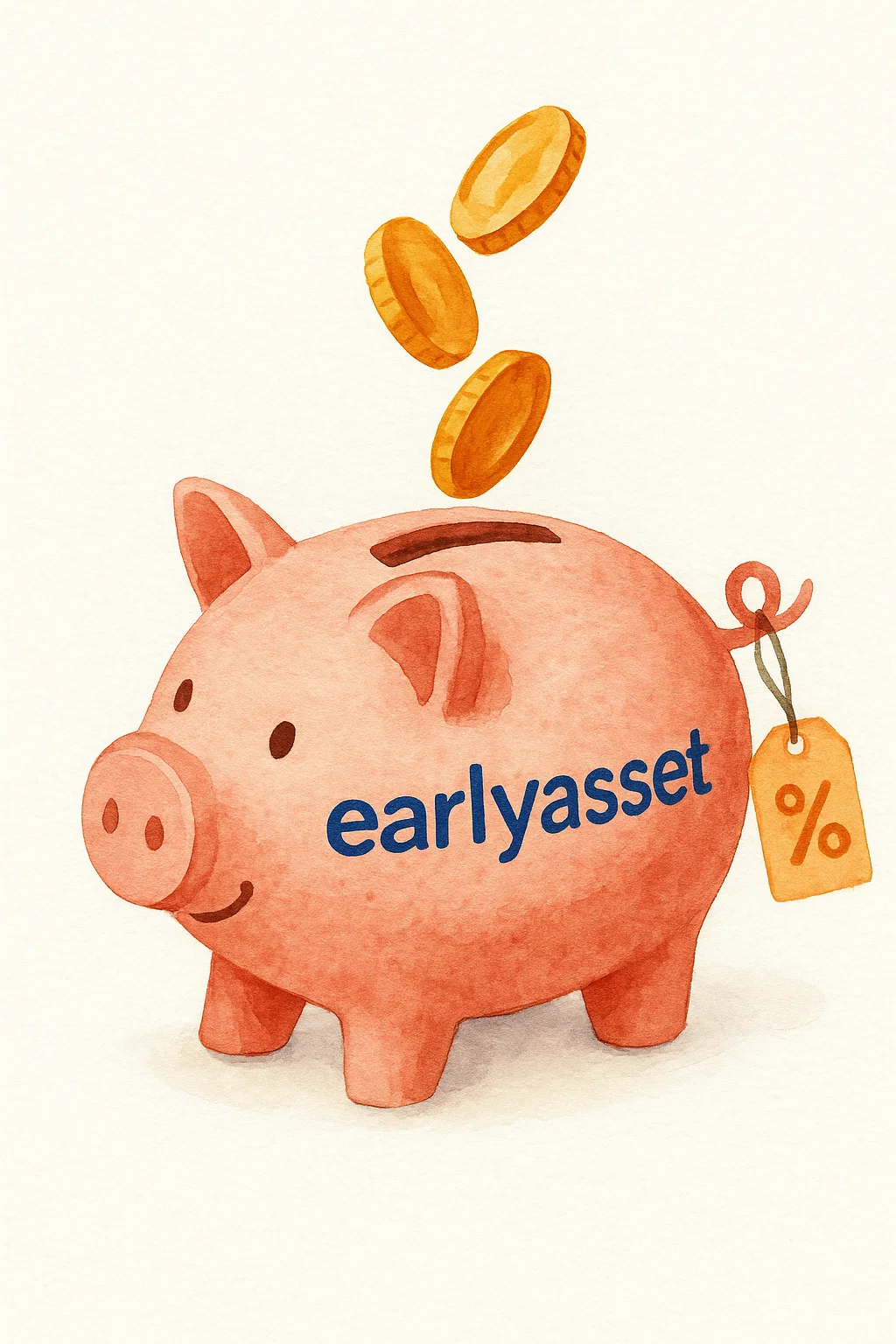Employee Stock Purchase Plans (ESPPs): Another Way to Acquire Stock

ESPPs offer employees a discounted way to buy company stock, but they have their own set of rules and potential tax implications. Think of it as a company-sponsored discount program specifically for its own stock. This can be a great way to build ownership in the company you work for, but understanding the details is key to maximizing the benefit.
What is an ESPP?
An Employee Stock Purchase Plan (ESPP) lets you buy shares of your company’s stock, typically at a discount compared to the market price. Companies offer ESPPs as a benefit to attract and retain employees, and to foster a sense of ownership.
How Does an ESPP Work?
- Offering Period: Your company sets specific offering periods, often every six months or annually. During these periods, a portion of your paycheck is deducted and set aside to purchase company stock.
- Purchase Date: At the end of the offering period, the accumulated funds are used to buy company stock.
- Discount: ESPPs usually offer a discount, often 5-15%, off the stock price. The price used for the discount is often the lower of the price on the first or last day of the offering period. For example, if the stock price on the first day of the offering period was $10 and on the last day it’s $12 and the discount is 15%, you buy at $8.50 (15% off of $10).
- Holding Period: After purchasing the stock, there’s often no requirement that you keep the stock for a specified time although it’s always good to understand if your company culture has any unwritten rules. Many employees sell immediately after purchase to lock in the discount. However, be aware of tax implications if you choose this route.
Tax Implications:
- Qualified Disposition: If you sell the stock more than two years after the grant date and one year after the purchase date, any profit is taxed as a long-term capital gain, which is generally lower than your ordinary income tax rate. The discount you received is also taxed as a long-term capital gain.
- Disqualifying Disposition: If you don’t meet the holding period requirements for a qualified disposition, the discount is taxed as ordinary income. Any additional profit beyond the discount is taxed as a short-term or long-term capital gain, depending on how long you held the stock.
Potential Benefits of Participating in an ESPP:
- Stock Ownership: ESPPs allow you to build ownership in the company where you work.
- Potential for Growth: Your investment could grow if the company’s stock price increases.
- Discounted Price: The discounted price offers an immediate return on your investment.
Potential Drawbacks of Participating in an ESPP:
- Company Risk: Your investment is tied to the performance of your company. If the stock price declines, you could lose money.
- Tax Implications: Understanding the tax rules is crucial to maximizing your after-tax return.
- Liquidity: If your company is private, selling your shares might be harder than selling publicly-traded stock. Earlyasset can help with this. See Selling Your Shares with Earlyasset.
So here’s what we covered:
- What an ESPP is and how it works.
- How the discount is determined and applied.
- The potential tax benefits and drawbacks.
- Potential benefits and drawbacks of ESPPs.
Learn more about Stock Options Learn more about ISOs vs. NSOs Learn more about Equity Explained Learn more about the Primary Market Learn more about Tax Basis